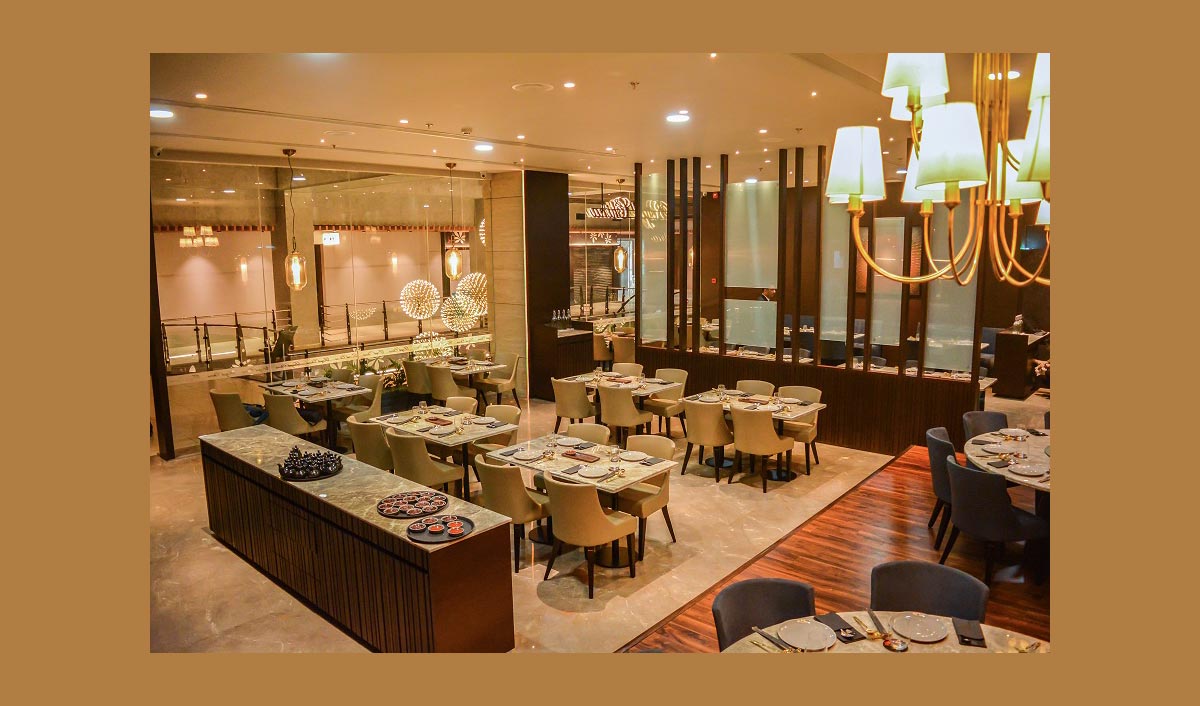
In recent times, high street locations across India have witnessed a perplexing trend, a surge in rentals coupled with a decline in foot traffic and profitability. This paradox begs the question: why do restaurants continue to invest in these upscale areas when immediate financial gains seem elusive? The answer lies in the intricate yet highly effective strategy of establishing a presence in these coveted high street locations, exemplified by Khan Market in Delhi.
The Rental Landscape
A recent survey of high street retail locations in India reveals that Delhi's Khan Market commands the highest rents, ranging from INR 1,000 to INR 1,500 per sq ft per month. Gurugram's DLF Galleria follows with rents ranging from INR 800 to INR 1,200 per sq ft per month. Interestingly, despite high rentals, both Khan Market and DLF Galleria performed poorly in the survey, suggesting that rental costs do not necessarily correlate with the quality of customer experience.
Bengaluru's High Street Dominance
Bengaluru's MG Road tops the list of the top 10 high streets in India, as per the same survey. Rankings were determined based on customer experience, including accessibility, parking facilities, and the assortment of retailers. Hyderabad's Somajiguda, Mumbai's Linking Road, and Delhi's South Extension 1 and 2 closely follow. Notably, Khan Market and DLF Galleria, despite high rentals, fall short in terms of customer experience compared to these other high streets.
Prestige and Status
High street locations such as Khan Market are synonymous with prestige and exclusivity, attracting the elite, celebrities, and influencers. Restaurants in these areas benefit from the implicit endorsement of their quality and status, a valuable asset in the competitive restaurant industry. Known brand, Sidewok when decided to shift from Khan Market, one of the major reason was they were not making as profit as compared to the high rentals they were paying. “It is the same situation with many brands in Khan Market. The high rentals are making many of the restaurants bleed,” Ashutosh, a member from Sidewok Khan Market team commented.
Targeting the Affluent Masses
Despite dwindling foot traffic, high street locations like Khan Market continue to draw discerning and affluent clientele willing to pay a premium for the experience and status of dining in such areas. While these locales may not attract the volume of customers seen in busier locations, they compensate with significantly higher average bills. “DLF Galleria in Gurugram saw rentals increase by 3.7 percent to INR 700 per square feet a month while rentals in Sector 29, Gurugram remained stable at INR 180 per square feet. This huge difference is definitely pinching but somehow we are present in the market managing with burning cash as much as possible. We do have plans to make our set target audience and then move to a less rental space so that we dont have to bother about new customers and branding there,” an owner of a known pan-asian fine-dine in DLF Galleria commented on a condition of anonymity.
Chain Advantage and Risk Mitigation
A noticeable trend in high street areas is the prevalence of chain restaurants over standalone outlets. This strategy serves a dual purpose. Firstly, it allows brands to offset losses from less profitable locations through their more successful outlets, mitigating financial risks. Secondly, it reinforces the brand's presence and reputation, enhancing resilience against volatile high street rentals.
Marketing as an Investment
For restaurant chains, high rentals in prestigious areas are viewed as strategic marketing investments rather than simple costs. These brands understand that immediate or substantial financial returns may be elusive, but the brand exposure and association with a prestigious location can yield significant long-term dividends. The mere presence of a renowned brand in such an area can boost its reputation locally and nationally.
Buzz and Social Media Engagement
High street locations like Khan Market and Hauz Khas Village serve as hubs for media attention and social media buzz. Restaurants here often benefit from organic marketing, as influencers, bloggers, and journalists frequently visit and promote these locations. This buzz extends the brand's reach far beyond the immediate vicinity, attracting new customers and loyal followers.
Capitalising on Special Occasions
High-rent locations attract patrons during special occasions and events, such as celebrations, anniversaries, and corporate gatherings. Restaurants strategically positioned in these areas tap into this market and establish themselves as go-to destinations for memorable moments, expanding their customer base. “Ofcourse we keep our menu prices on a higher side to maintain those expenses. If you are dining in any of the high-streets, you have to keep in mind about the prices too. We until now are doing good because since most of the players are exiting, it is benefitting us since only few players are left,” Manik Kapoor, owner of Gola Sizzlers said. The outlet have its presence in Khan Market.
The enigma of high street high rentals and the continued attraction of restaurant brands to these areas are rooted in the power of prestige, the allure of high-paying customers, and the strategic use of chain outlets. The value of reputation, status, and long-term brand recognition often outweigh immediate financial gains, making these strategic investments a calculated bet on sustained success in the competitive restaurant industry. In the dynamic world of business, it becomes evident that sometimes, it's not just about making money today but about building a brand that will stand the test of time, and high street locations are proving to be a crucial piece of that puzzle for restaurant brands across India.
Copyright © 2009 - 2024 Restaurant India.









